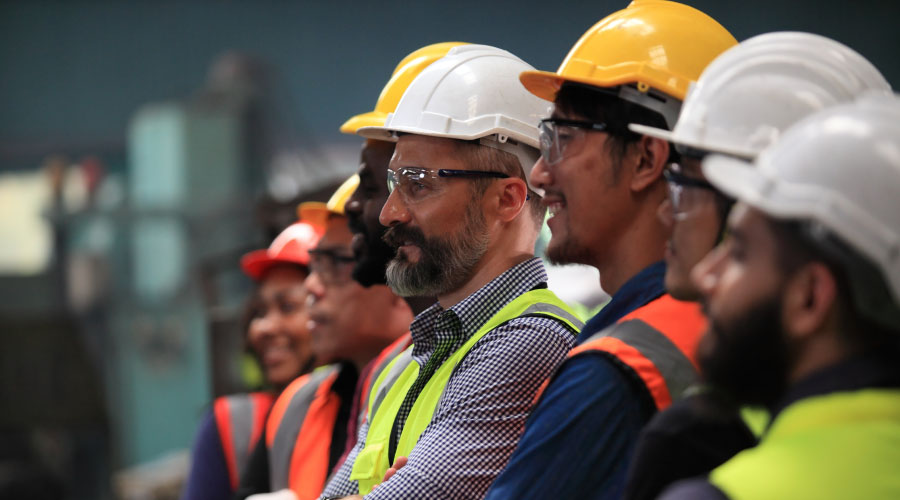Hospital Construction and Maintenance in Baghdad
Before the U.S. Army took over the hospital for its trauma center, it was Saddam Hussein's private hospital reserved primarily for his supporters. The 77-bed hospital was originally built in the mid-1960s by four Iraqi doctors.
At the time Linc Government Services was awarded the contract to maintain the hospital, Ibn Sina was a mess. To start with, the previous contractor's strategy for housekeeping was reportedly not much more sophisticated than following the trails of blood left by wounded soldiers to find where attention was needed. When Linc took over the contract, registered executive housekeeping managers on Tanner's team brought the hospital to a level of cleanliness and sanitary conditions that are "unheard of in Iraq," says Tanner. They knew all the techniques and chemicals, how to plan for mass casualties and to have a cleaning crew ready, he says.
One of the first tasks Tanner undertook was to renovate two operating rooms. Part of the project was installing a suspended OR lighting system, which required drilling through the tile-covered concrete roof of questionable structural integrity to securely mount the individual units.
"It's been a challenge in a hospital to deal with a structure that's completely different from what we're used to in the States," Tanner says. Especially when no blueprints exist, he adds.
The list of differences is nearly endless. Instead of studs and drywall construction, the walls are solid, which means the electric wiring and plumbing lines run exposed on the wall. If there is plumbing in the floor, it's run in concrete and inaccessible. Everything except for the equipment brought in by the Americans runs on DC power. And then there were the electrical devices. Every single one of them, like the water pumps and water heaters, had to be grounded. In Iraq, accidental electrocutions are frequent, but none occurred at the hospital.
Exacerbating the differences in the facility's structure was also a cultural difference regarding maintenance. "In that culture, the philosophy is often not to maintain, it's to replace," Tanner says. "Which means you learn to rig a lot of things. You use parts that will fit and you get creative. Over time, that leaves a patchwork of electrical, plumbing, you name it."
To tackle this issue, Tanner focused on instilling the concept of preventive maintenance into the facilities maintenance employees, who were 97 percent Iraqi. He trained the staff to do routine maintenance on the generators, boilers, chillers and air handlers to try to avoid breakdowns and be able to predict the supplies needed so they could be ordered well in advance.
In addition to McGuyvering solutions to provide for the normal upkeep that you'd find in any hospital, Tanner's team also had to tackle some less familiar items: building force protection structures and bunkers, stacking sand bags, rigging concertina wire along the tops of blast walls and fabricating solid steel guard booths.
"We put things together that I didn't think we could put together, and we welded and built things out of nothing, that in the States we'd just go and buy," Tanner says. "All the time, you're on your toes. It's not always hectic and it's not always busy, but it's always a challenge."
Related Topics:













